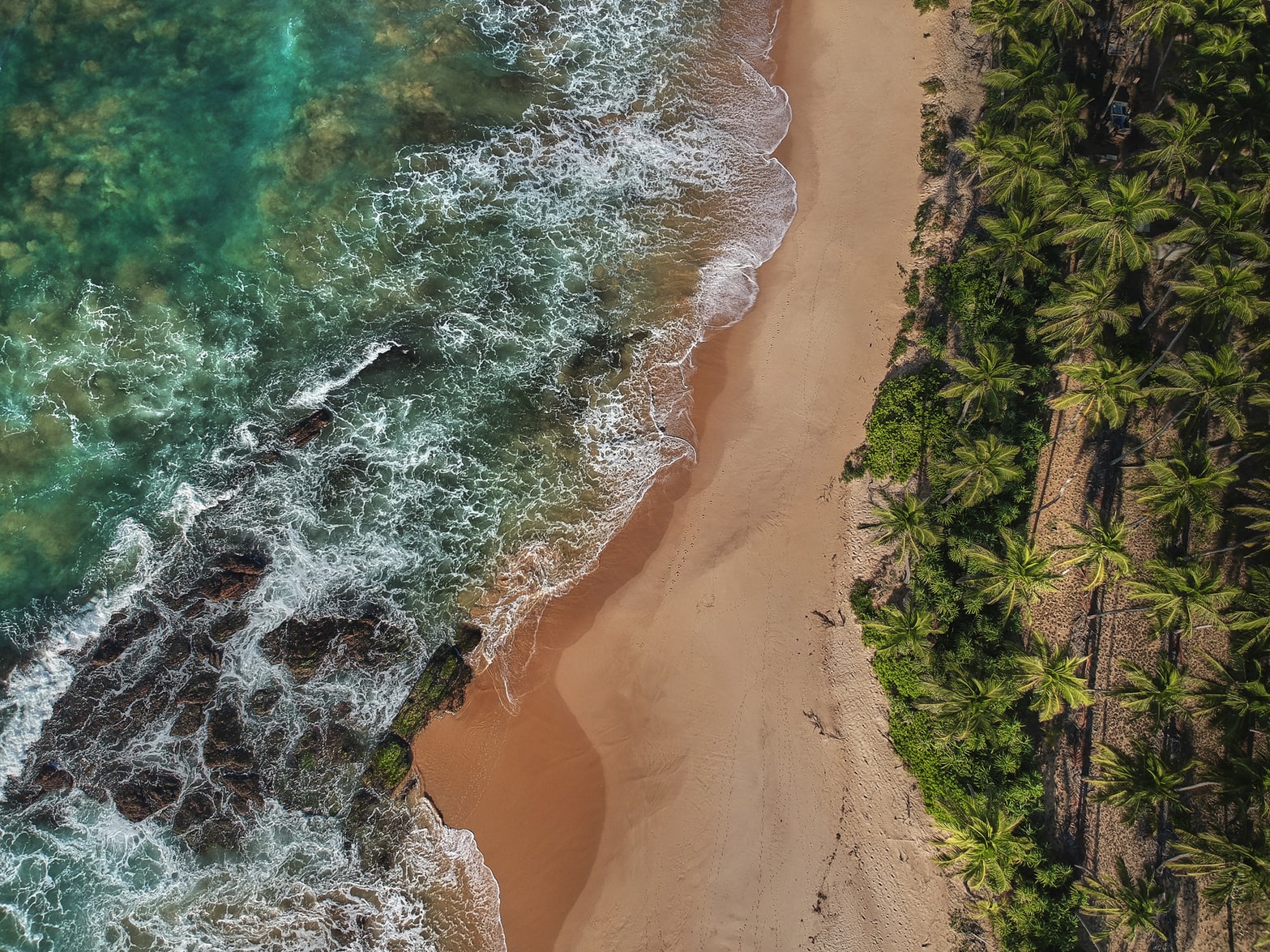Researchers map sea levels in the Indian Ocean
An international group of researchers, including a UNSW Canberra PhD graduate and Emeritus Professor, have mapped the rise and fall of sea levels in the central Indian Ocean over the last 2000 years, providing a glimpse of what can be expected in



